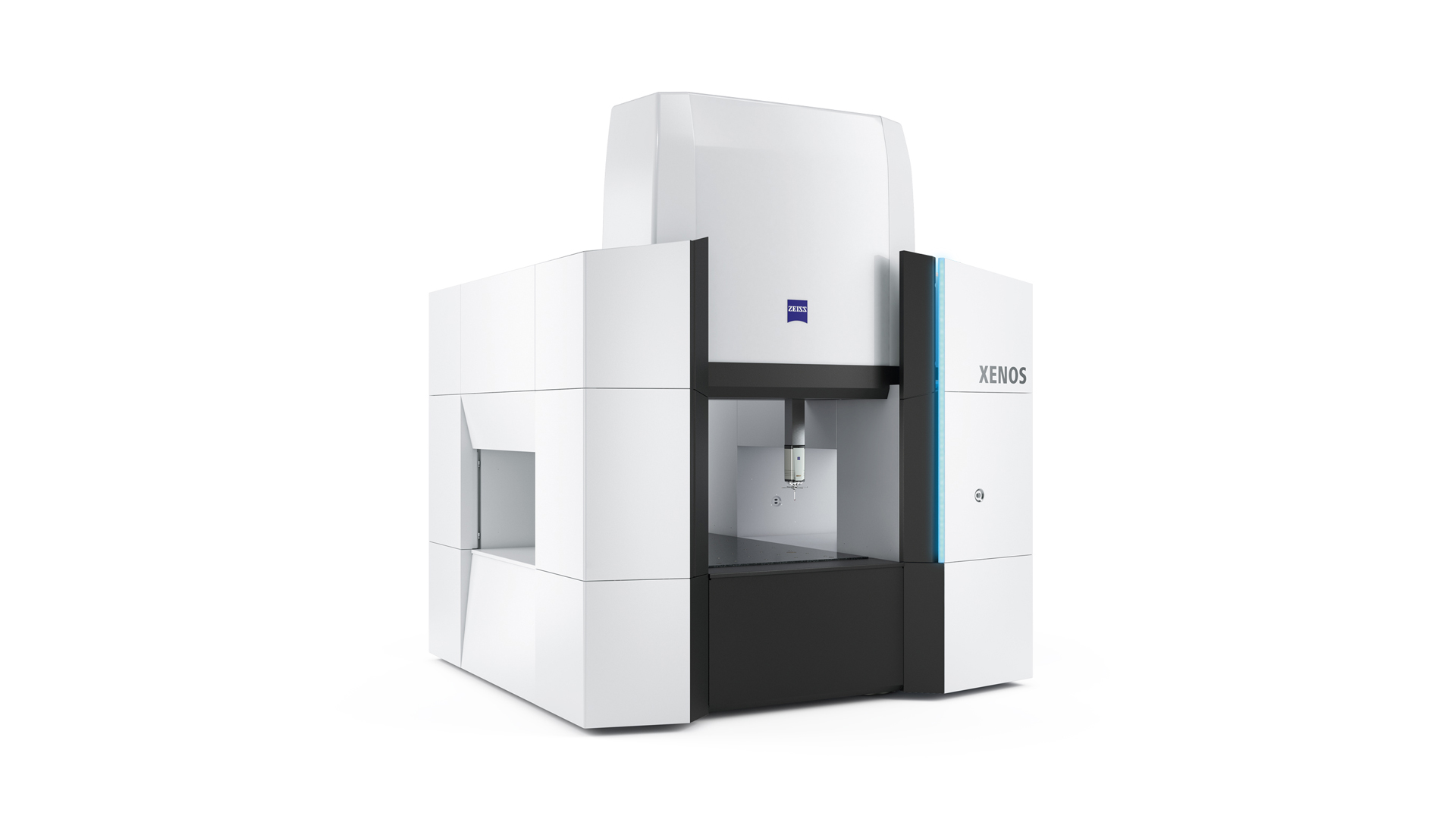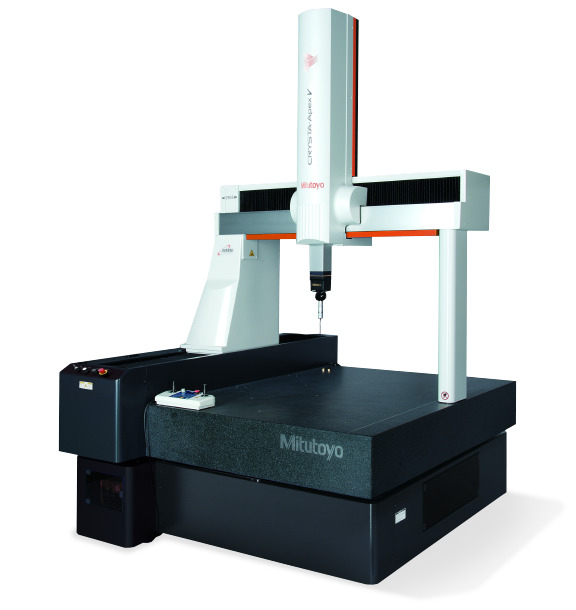

Here, we provide detailed explanations about the industries that require CMMs as well as insights into the global 3D measurement market.
Industries that require CMMs include the automotive, aerospace, electronics, medical, manufacturing machinery, energy & power, and construction industries. In the automotive sector, from manufacturers to component suppliers, industrial measurement and 3D measurement technologies is implemented to increase productivity. Recently, a shift from offline quality inspections to inline measurement techniques has been made, allowing for higher sampling rates and shorter inspection times.
With the ongoing innovation in electric and autonomous vehicles, the demand for CMMs is expected to rise even further. Automobiles consists of numerous components, and as outsourcing of part manufacturing increases, the adoption of CMMs is expected to grow among subcontracting companies as well.
Considering the German government's target of producing 6 million electric vehicles and Hyundai's significant investment plans in India, the production of electric and autonomous vehicles is likely to accelerate, expanding the market for CMMs in the automotive industry.
In the construction industry, CMMs are needed by producers of heavy machinery such as drilling, civil, and agricultural equipment, providing on-site dimensional measurements. CMMs also contribute to advancements in medical devices. For example, bone screws used in surgeries are measured with CMMs, enabling accurate measurement of details like thread depth. CMMs are also used in the production of medical scissors.
Pharmaceutical, automotive, and aerospace equipment manufacturers are also advancing CMM implementation. Many fields within these sectors require 3D measurements including CMMs, driving the growth of the global 3D measurement market.
Here, we discuss the functions and applications required of CMMs in various industries, focusing on key points.
In the manufacturing sector, quality control has become a crucial part of the production process. CMMs are essential in this sector of manufacturing. The accuracy of quality control in manufacturing is deeply linked to a company's credibility.
In the automotive, aerospace & defense, electronics and semiconductor industries, the increasing complexity of devices necessitates precise measurements. CMMs are useful for accurately measuring complex parts of products.
Multi-sensor CMMs equipped with tactile, optical, and laser sensors have been developed. These multi-sensor CMMs enhance measurement efficiency and eliminate the need for frequent setup changes. Furthermore, aside from the measuring machines themselves, various CMM fixtures and other equipment are also evolving, expanding the scope of CMM solutions.
According to a report by Kenneth Research, the global 3D measurement market was valued at $14.6 billion in 2020 and is expected to grow to $22.8 billion by the end of 2030. The growth of the 3D market is attributed to the advancement of high technology that requires precise measurements.
The expansion of the 3D measurement market, including CMMs, is particularly notable in the Asia-Pacific region. Additionally, the automotive sector is a significant growth industry in the 3D measurement market. Here, we you can find out more about the role of the Asia-Pacific region and automotive sector in the 3D measurement market.
The Asia-Pacific region has a high demand for 3D measuring instruments, including CMMs, especially in emerging countries' electronics and heavy machinery industries. For example, major automotive and aerospace companies are interested in high-precision coordinate measuring solutions.
The quality of precision products made in China is improving due to the use of CMMs by manufacturing companies. Additionally, the Indian automotive industry is becoming a major supply destination of 3D measuring instruments, supported by the increase in the number of installed industrial robots. India also has potential for market expansion in electric and autonomous vehicles.
In Japan, bridge-type CMMs continue to be popular. Vendors in the CMM market are investing in software solutions to enhance the accuracy of their products.
Overall, in the Asia-Pacific region, manufacturing industries are being strengthened through government initiatives, with countries like China and India constructing production units amid high economic growth. International companies are aiming for cost reduction and profit increase. Market's growth in optical CMMs in the Asia-Pacific region is mainly driven by countries like China and Japan.
Reference: Kenneth Research (https://www.kennethresearch.com/report-details/global-3d-metrology-market-/10347595)

Source: KEYENCE Website(https://www.keyence.com/products/measure-sys/cmm/xm/index_pr.jsp)
This CMM has a caliper-like feel, enabling even beginners to perform high-precision measurements. It can be carried without the need for temperature control, allowing for immediate measurements at any desired location and time. As it doesn't require a large installation space, it's a CMM with a low entry barrier.

Source: Carl Zeiss Website(https://www.zeiss.com/metrology/products/systems/cmm.html)
Utilizing linear drive on all axes, this CMM boasts high precision with a maximum permissible length measurement error of 0.3+L/1000μm, repeatability of ±0.2μm, and resolution of 0.001μm. The reduced occurrence of errors allows for a decrease in the need for remeasurement.

Source: Mitutoyo Website(https://www.mitutoyo.com/products/coordinate-measuring-machines/)
A CNC CMM that was first developed in 1976.
It features applications that respond to the demand for "Smart Factories" by allowing monitoring of operational status and maintenance management of the machine through the network.
Reasons for Selection